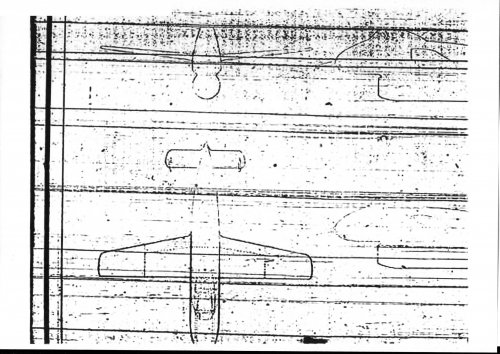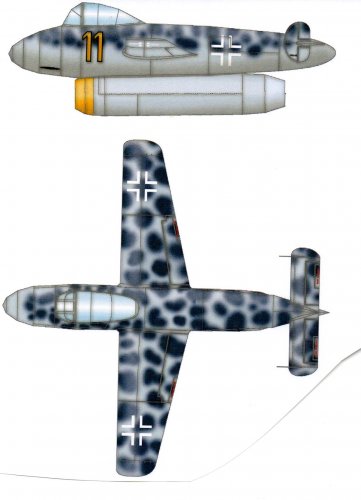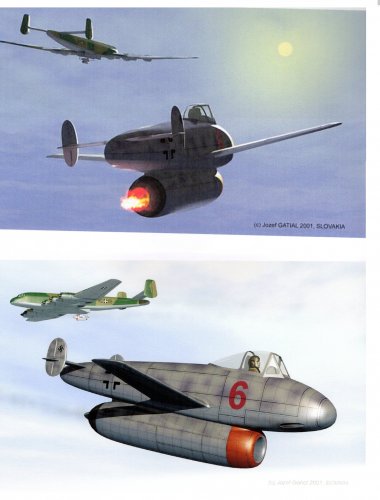- Joined
- 25 June 2014
- Messages
- 1,564
- Reaction score
- 1,453
According to David Masters; German Jet Genesis, Jane's (1982), p.26: "One of the earliest [B&V] jet designs was the P.175, which is known to have been intended as a shipboard fighter powered by a single Junkers turbojet and with a wign span of 20ft 4in (6.20m)."
The Internet and modelling communities have other ideas, suggesting that it was a "Bordjäger" (parasite fighter), possibly with a hook of some kind for returning home. This version seems to originate from Heinz Nowarra's Die Deutsche Luftrüstung 1933-1945 but I can find no details of what he says or why.
Does anybody know anything more than the odd scraping of Nowarra's meme?
The Internet and modelling communities have other ideas, suggesting that it was a "Bordjäger" (parasite fighter), possibly with a hook of some kind for returning home. This version seems to originate from Heinz Nowarra's Die Deutsche Luftrüstung 1933-1945 but I can find no details of what he says or why.
Does anybody know anything more than the odd scraping of Nowarra's meme?




